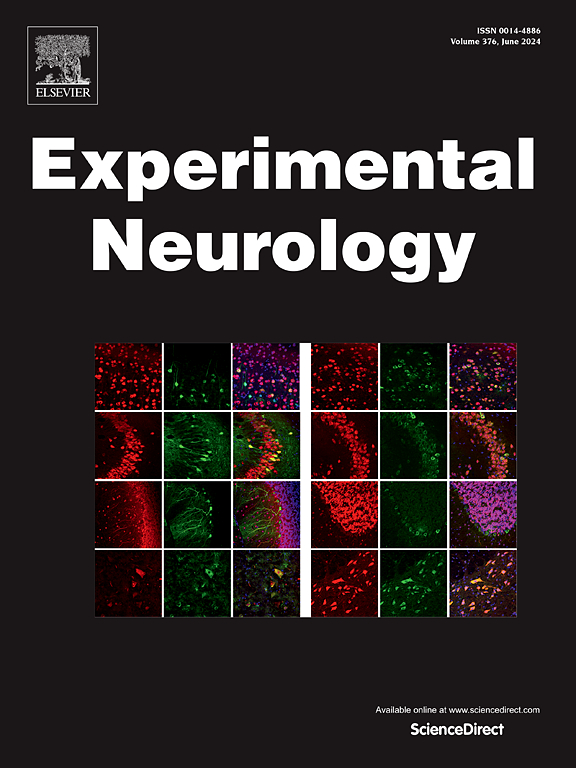Targeting the NLRP3 inflammasome in Parkinson's disease: From molecular mechanism to therapeutic strategy
IF 4.6
2区 医学
Q1 NEUROSCIENCES
引用次数: 0
Abstract
Parkinson's disease is the second most common neurodegenerative disease, characterized by substantial loss of dopaminergic (DA) neurons, the formation of Lewy bodies (LBs) in the substantia nigra, and pronounced neuroinflammation. The nucleotide-binding domain like leucine-rich repeat- and pyrin domain-containing protein 3 (NLRP3) inflammasome is one of the pattern recognition receptors (PRRs) that function as intracellular sensors in response to both pathogenic microbes and sterile triggers associated with Parkinson's disease. These triggers include reactive oxygen species (ROS), misfolding protein aggregation, and potassium ion (K+) efflux. Upon activation, it recruits and activates caspase-1, then processes the pro-inflammatory cytokines interleukin-1β (IL-1β) and IL-18, which mediate neuroinflammation in Parkinson's disease. In this review, we provide a comprehensive overview of NLRP3 inflammasome, detailing its structure, activation pathways, and the factors that trigger its activation. We also explore the pathological mechanisms by which NLRP3 contributes to Parkinson's disease and discuss potential strategies for targeting NLRP3 as a therapeutic approach.
求助全文
约1分钟内获得全文
求助全文
来源期刊

Experimental Neurology
医学-神经科学
CiteScore
10.10
自引率
3.80%
发文量
258
审稿时长
42 days
期刊介绍:
Experimental Neurology, a Journal of Neuroscience Research, publishes original research in neuroscience with a particular emphasis on novel findings in neural development, regeneration, plasticity and transplantation. The journal has focused on research concerning basic mechanisms underlying neurological disorders.
 求助内容:
求助内容: 应助结果提醒方式:
应助结果提醒方式:


